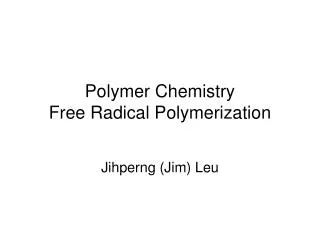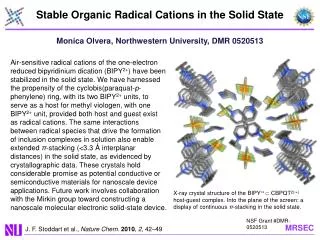Comparative structural and vibrational studies of 6-amino purine (Guanine) and its radical species using density functio
Guanine (G) is one of the most important nucleic acid bases (NAB) occurring in both DNA and RNA. In addition to being the largest NAB, it has also the most complex tautomeric equilibria. It is very important to understand the properties of the guanine base of DNA as thoroughly as possible since it is the most frequently involved site in the processes of mutation and cancer. The equilibrium geometries, APT charges, fundamental vibrational frequencies along with their corresponding intensities in IR spectrum, Raman activities and depolarization ratios of the Raman bands for the neutral and its radical species (G, G , G) of the guanine molecule were computed by density functional B3LYP method with 6-311 G (d, p) basis sets using Gaussian03 software. The thermodynamic functions of the title compounds were also performed at the same basis sets. The calculations predicted the G molecule as well as the radical anionic species of G to possess planar structures with C1 point group symmetry whereas the radical cationic species of G possesses Cs point group symmetry. The properties of the radical cations that are generated from the neutral neleobase molecules during the certain processes helps in understanding the nuclei acids in different environments and conditions. The radical anions are intermediates in a numbers of chemical reactions. Therefore data of their structures are useful for studying the mechanism and kinetics.
★
★
★
★
★
149 views • 13 slides



